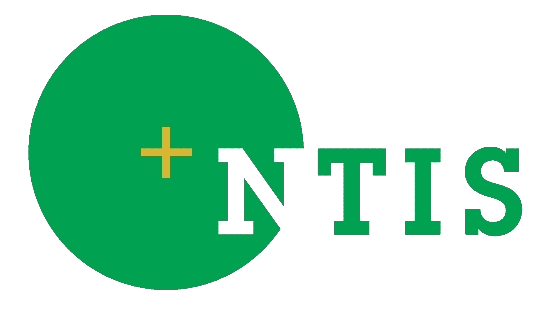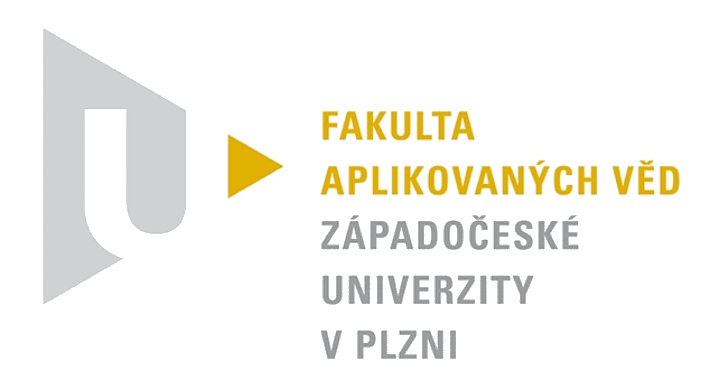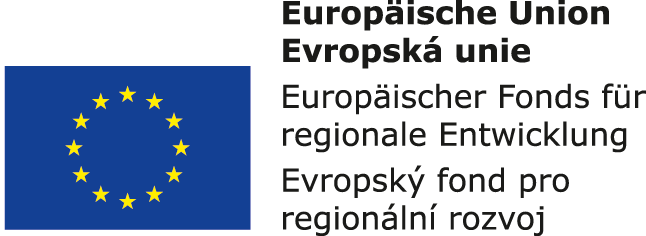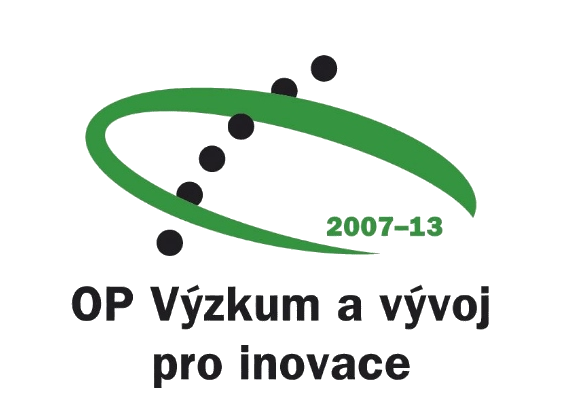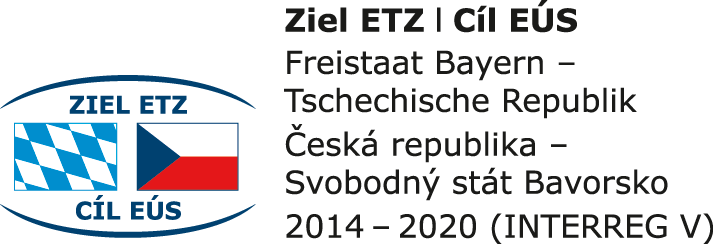
Infrastructure for Electrophysiology Research
Operation of electrophysiological laboratory, design and performance of electrophysiological experiments, collection, storage, management and sharing of experimental data and metadata, analysis and interpretation of these data/metadata, and final publication of results are time consuming activities. These activities need to be well organized and supported by a suitable infrastructure to increase work efficiency of researchers. The EEG/ERP Portal (EEGBase) is a web-based portal that enables community researchers to store, manage, share, download and search data and metadata from electrophysiological experiments. The internal data and metadata model progressively reflects the outcomes of the INCF Task Force on standards for sharing of electrophysiology data and the outcomes of the group developing Ontology for describing Experimental Neurophysiology (OEN). As a follow-up to EEGBase, a project of a personal electronic health record system using semantic web resources is being developed. Within the system we are expanding into new bio data domains (e.g. ECG, sleep data) and looks for non-trivial consequences across them. The system is based on openEHR archetypes. Whereas measured subjects are different (in general), a workflow for EEG/ERP signal processing is nearly identical for the same protocol. To be able to process a lot of electrophysiological data according to given workflows, Biosignal Processor is being developed. It is a solution for batch processing of electrophysiological data which allows to process and analyze them automatically. The hardware stimulator is a universal portable device providing a subset of often used software stimulation functions. By default, visual and simple audio stimuli for P300 experiments and VEP-based BCIs are supported. The device can also track reaction time separately or during stimulation.



